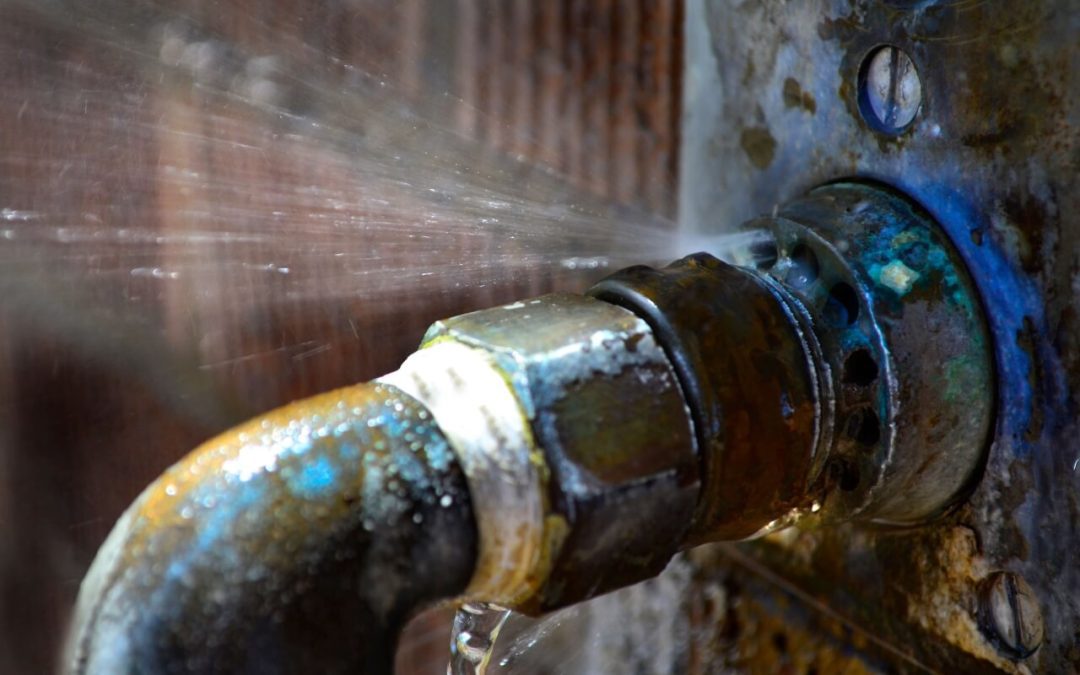Residential water damage can lead to stress and expensive repairs for a homeowner. Once the damage has been done, you’re looking at the mess and probably feeling overwhelmed. Let’s discuss some steps to take to get everything cleaned up and back to normal.
What Type of Water Caused the Damage?
It’s important to understand the types of water you’re dealing with. Otherwise, you might run into health risks if you work in bacteria-infested water.
- Clean water: This is water damage that results from leaky pipes, rain, condensation, etc. It’s relatively harmless so you shouldn’t have issues if you choose to deal with the damage on your own.
- Gray water: This is water damage resulting from “dirty” water. This includes water from washing machines, clean toilets, dishwashers, etc. It may have a few contaminants in it. However, you can clean it yourself if you are careful and use proper safety gear.
- Black water: This is water damage caused by floods, sewer problems, etc. This type of water is filled with bacteria, waste, and other harmful contaminants. If you try to work in black water, you’re putting yourself at risk for health problems. Hire a professional water damage company for this type of cleanup work.
Inspect for Mold When You’ve Experienced Residential Water Damage
Any cleanup project should begin with an inspection for mildew and mold, which can begin to grow within 24 hours. Long-term exposure to water or damp conditions makes it likely you’ll be dealing with mold in the home. Attic condensation is one such situation. Some types of mold are toxic and harmful to your family. Call in a professional mitigation company if you are worried about your health.
Residential Water Damage Requires Complete Drying
When dealing with water damage, remove all moisture as soon as possible. Use fans to circulate the air. More extreme water damage may require you to rent dehumidifiers to help dry out wet areas.
Get Rid of Any Porous Materials
Porous materials including insulation, carpet, and fabrics are often impossible to save. These types of materials will warp and shrink when they become soaked with water. Toss those items out and replace them.
Disinfect Materials
Any cleanup of residential water damage should include a process for disinfecting any salvageable water-damaged materials. Using a bleach solution is an effective way to disinfect areas after they have been dried out properly.
Fix Ceilings First When Dealing with Residential Water Damage
Water-damaged ceilings may sag and collapse, putting anyone working on clean-up at risk for injury. Remove all ceiling boards and panels immediately. Make repairs or plan on a complete roof replacement if that is what contributed to the damage. Hire a professional to inspect all rafters and beams to make sure there aren’t structural issues.
Replace Damaged Wood
Any wood that has rotted, warped, or become mold-infested needs to be replaced. Hire a professional if this involves any of the structural components of your home.
Here are a few other steps toward fully recovering from residential water damage.
- Install new, sealed floors.
- Replace affected drywall.
- Replace any damaged external siding.
- Caulk and paint your replacement materials.
Recovering from residential water damage can be an overwhelming process. Take it step-by-step until the job is done and your house is back to normal.
Checkpoint Home Inspections provides home inspections to northwest Oregon. Contact us to request our services.

